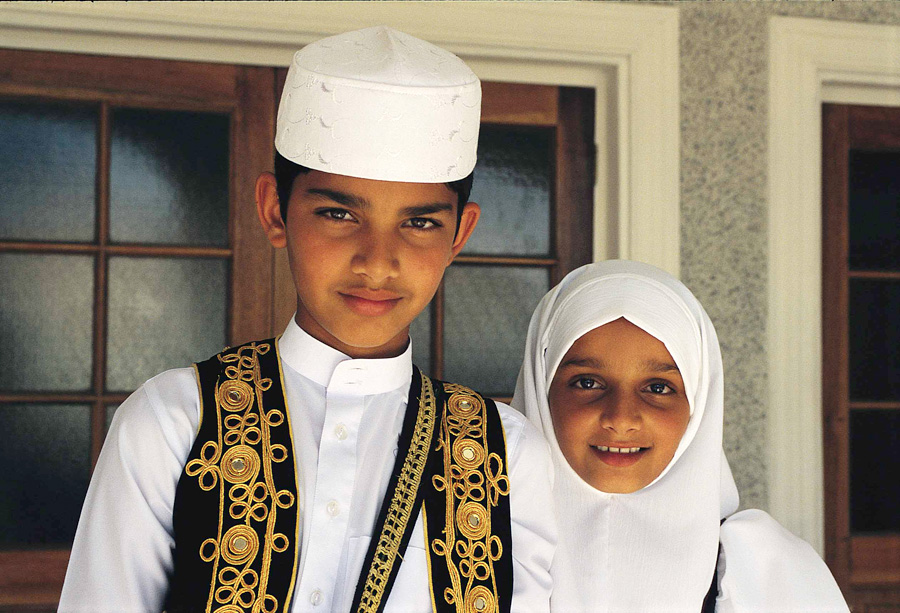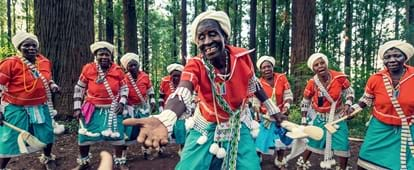The 45-Second Trick For South African Culture Today
Table of ContentsThe Only Guide for South African Culture TodayThe Basic Principles Of South African Culture Today Get This Report about South African Culture TodaySouth African Culture Today Can Be Fun For EveryoneThe Greatest Guide To South African Culture Today3 Easy Facts About South African Culture Today Described
This follows with vocal singing and drum whipping. The bride-to-be and groom after that fulfill with the senior citizens and speak about the value of their union. An issue of significance in Zambian villages is the diing of loved ones. All members of the village placed money, effort and time together for the burial of the deceased.Throughout the mourning period; men remain outside your house and the ladies stay inside your home of the deceased. After talking about the dead, the town walks to the place of funeral to claim their last farewells. Music and dancing is a really vital element of the Zambian culture. The numerous tribal devices have their very own dancing types; nevertheless, makishi is typical amongst all people.
The Only Guide to South African Culture Today
When it pertains to songs, drums are used one of the most, with a range of drumming ceremonies. In Zambia, bulk of the people are Christian; Protestant and Roman Catholic. There are small groups of Muslims and Hindus, with the rest adhering to local native tribal beliefs.

South African heritage and society is tremendously varied, and contains lots of different groups of individuals who each have their own practices and ideas. Having such a variety of people and cultures is what makes South Africa so unique. In the real feeling of the phrase, we are a rainbow country.
Making it the 7th on the listing of countries with the most Portuguese people in it outside of Portugal. Portuguese is not just a culture, however it is likewise a language and a citizenship. Portuguese people originate from the nation of Portugal in Europe, nevertheless, due to Portugal (like several various other countries in Europe) checking out the globe and conquering other countries during the 15th 20th centuries, South Africa has what we call Portuguese South African's living in it.
All about South African Culture Today
Amongst the noticeable features of the topography is a plateau that covers practically 2 thirds of the facility of the nation. The plateau complex increases towards the southeast, where it culminates in the Drakensberg array, part of a cliff that divides the plateau from the seaside areas. The Drakensburg consists of Sparkling wine Castle, the greatest peak in the nation.
The region north of the Witwatersrand, called the bushveld, slopes downward from east to west toward the Limpopo River, which forms the worldwide border. The western area of the plateau, the middleveld, additionally descends in the direction of the west and differs in altitude in between the highveld and bushveld. In between the Drakensburg and the eastern and southerly coast, the land comes down to the sea.
Nearer the coastline there is a low-lying level called the eastern lowveld. Southwest of the plateau the country ends up being gradually a lot more dry, providing method to the stony desert of the Great Karroo, verged on the east by the lower, much better sprinkled plateau of the Little Karroo. Dividing the completely dry southern interior from the sandy coastal of the southerly coastline and West Cape is one more range, the Langeberg.
The South African Culture Today Statements
The nation's racially, ethnically, and politically separated history has actually created national and subnational icons that still work as icons of the country, and others symbols that are accepted just by specific groups. The monoliths to white inhabitant conquest and political prominence, such as the Afrikaner Voortrekker ("pioneer") Monolith in Pretoria and the Rhodes Monument recognizing the British colonial empire builder and Cape prime preacher Cecil Rhodes, stay sectarian icons.
The very first modern-day residents were the San ("bushman") hunter-gatherers and the Khoi ("Hottentot") individuals, who rounded up livestock (South African culture today). The San might have been present for hundreds of years and left evidence of their existence in thousands of old cavern paintings ("rock art"). Bantu-speaking clans that were the ancestors of the Nguni (today's amaZulu, amaXhosa, amaSwazi, and vaTsonga individuals) and Tswana-Sotho language groups (today's Batswana and Southern and Northern Basotho) moved down from eastern Africa as very early as the fifteenth century

Both former republics of the Orange Free State and Transvaal (South African Republic) were developed by Afrikaner settlers that beat and dispossessed the Basotho and Batswana. Lesotho would have been by force integrated right into the Orange Free State without the extension of British protection in 1869. The best unification of the nation resulted from the South African War (18991902) in between the British and both Afrikaner republics, which minimized the nation to spoil at the start of the twentieth century.
Afrikaners traditionally considered themselves the only real South Africans and, while approving full citizenship to all citizens of European descent, rejected that condition to individuals of color up until the democratic shift of 1994. British South Africans keep a sense of cultural and social connection to Great Britain without deteriorating their identification as South Africans.
Getting The South African Culture Today To Work
The variety and fragmentation within ethnic groups and the equilibrium of tensions between those groups during the twentieth century avoided interethnic civil conflict. While intergroup stress published here over sources, entitlements, and political prominence stay, those problems are as most likely to match Zulu versus Zulu as Zulu against Xhosa or African against Afrikaner.
From colonial have a peek here India, British sellers and managers brought the bent steel ornamental roofing systems and slender lace work columns that still symbolize the verandas of cottages in communities and cities throughout the country. Holy places contribute a vital building aspect also in the tiniest towns. Along with the soaring steeples and timeless stonework of Afrikaans Dutch Reformed churches, Anglican churches, synagogues, mosques, and Hindu shrines supply selection to the religious building scene.

Slaughtering and the brewing of standard grain beer are crucial in safeguarding the engagement and a good reputation of the forefathers that are considered the guardians of good fortune, prosperity, and well-being. Indian areas preserve their native cooking customs and apply them on Islamic and Hindu ritual and ceremonial occasions. Afrikaners and Coloured people gather at weekend breaks and unique events at multifamily barbeques called braais, where neighborhood bonds are enhanced.
Because this was the primary financial venture of both black Africans and white homesteaders, dispute between those groups focused on the possession of grazing land and animals. In 1867, the biggest diamond deposits worldwide were found at Kimberley in the west central area. The wide range from those areas assisted finance the exploitation of the best gold coral reef on the planet, which was discovered on the Witwatersrand in 1886.
What Does South African Culture Today Do?
This brought about misconceptions and intentional misrepresentation see it here in the negotiations of white settlers and federal government authorities with African chiefs throughout the colonial duration (South African culture today). In the establishment of African books, some aspects of communal and mainly "tribal count on" land tenure were preserved, and even in white country areas, kinds of communal tenure were still exercised in areas with African neighborhoods
After the autonomous improvement of 1994, programs for land restitution, redistribution, and reform were set up, but progress has actually been slow-moving. The white minority still regulates eighty percent of the land. Following agricultural land invasions in Zimbabwe, the Division of Land Matters has promised to speed up land redistribution.
Comments on “South African Culture Today - Questions”